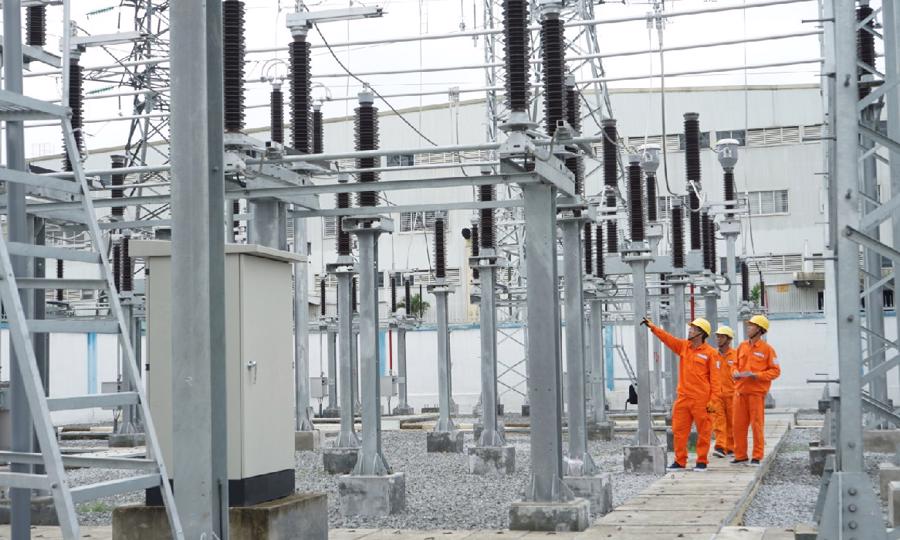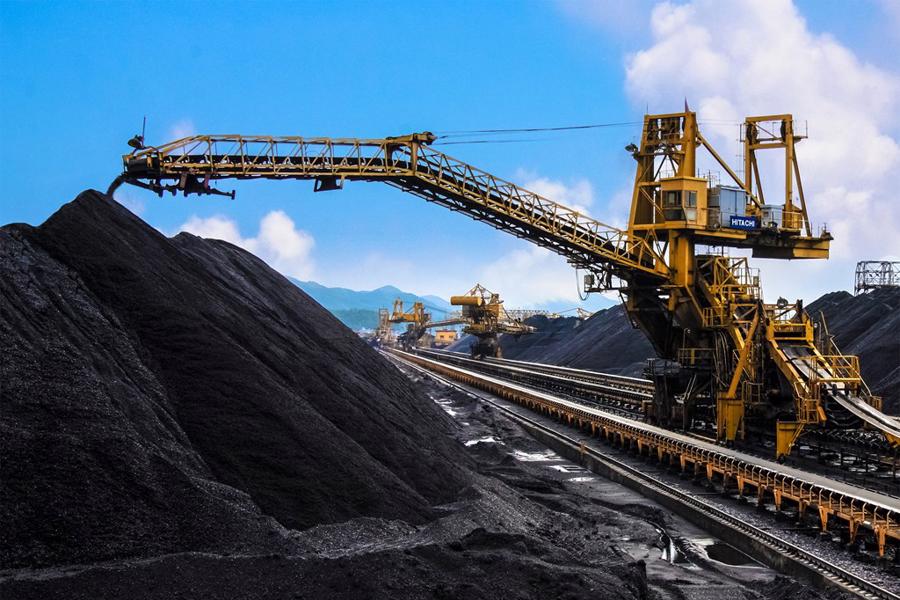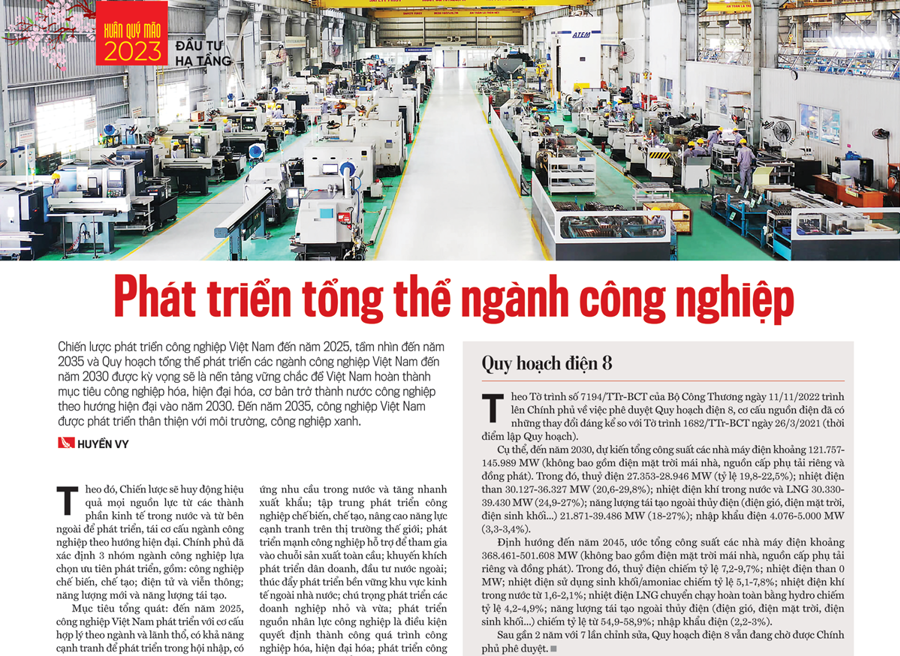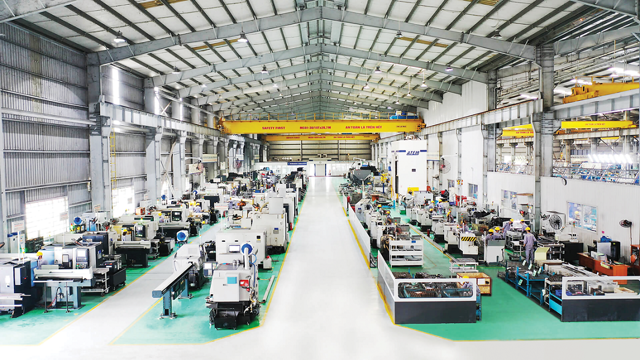[ad_1]
Accordingly, the strategy will effectively mobilize all resources from domestic and external economic sectors to develop and restructure the industry towards modernity. The government has identified 3 groups of industries to prioritize for development, including: manufacturing, manufacturing; electronics and telecommunications; new and renewable energy.
The overall goal is that by 2025, Vietnamese industry will develop with reasonable structure by industry and territory, be competitive for development in integration, have advanced technology, and join the chain global value in a number of specialties and fields, who are fundamentally able to meet the demands of business and export; qualified workforce for the requirements of modern production.
By 2035, Vietnam’s industry will be developed with most majors with advanced technology, product quality in line with international standards, strong participation in the global value chain, economical use of energy, efficient, fair competition in international integration; professional, disciplined and highly productive workforce active in the research, design and manufacturing phases.
Specific targets: The growth rate of industrial value added in 2021-2025 will reach 7.0-7.5%/year; the period 2026-2035 will reach 7.5-8.0%/year; The growth rate of the value of industrial production will reach 11.0-12.5%/year in 2021-2025 and 10.5-11.0%/year in 2026-2035.
Industry and construction should account for 43-44% of the national economic structure by 2025 and 40-41% by 2035; the share of exported industrial goods in the total export turnover will reach 85-88% by 2025, after 2025 it will reach over 90%; The value of high-tech industrial products and high-tech application products will reach about 45% of GDP by 2025, and over 50% after 2025.
ICOR index (Efficiency in the Use of Investment Capital) of the industry in the period 2011-2025 reached 3.5-4.0%; reach 3.0-3.5% in 2026-2035; the energy elasticity coefficient/GDP reached 1.5 in 2015; reach 1.0 by 2020 and maintain at 0.6-0.8 by 2035, close to other countries in the region.
For the Vietnamese Industries Development Master Plan, which focuses on a series of industries to meet domestic demand and rapidly increase exports; Focus on the development of processing and manufacturing industry, improve competitiveness in the world market; Strongly develop support industries to participate in the global production chain; Promote private enterprise development and foreign investment; promoting sustainable development of the non-governmental economic sector; focus on the development of small and medium-sized enterprises; industrial personnel development is a crucial prerequisite for successful industrialization and modernization processes; industrial development according to environmental standards towards green technology.
In terms of industry planning, there will be 10 industries that will focus on rebuilding, namely Mechanics-Metallurgy; Chemistry; Electronics, information technology; Textile leather shoes; Processing of agricultural, forestry and fisheries products, food and drink; Manufacture of building materials; mining and mineral processing; Electricity; charcoal; Oil and gas…
The plan also contains many solutions to implement, solutions are divided into short-term solutions and long-term solutions. solution groups on institutions, mechanisms and policies for industrial development; Strengthen coordination by territory, appropriate decentralization in state management of industry; Creating equality between economic sectors is at the forefront of short-term solutions.
In the long term, the plan provides seven sets of solutions related to capital, technology, human resources, markets and products, supporting industry development, interregional cooperation and development coordination, and promotion of promotional measures to support the development of small and medium-sized industrial enterprises and rural industry.
In order to successfully implement the Strategic and Industry Master Plan in accordance with the Party and Government’s positions, goals and policies and in the context of implementing Vietnam’s commitments at COP26 to net-zero emissions from “0” by 2050, the Departments of Industry and Trade also develop a number of specific strategies and sectoral master plans, such as: Vietnam Coal Industry Development Strategy to 2030, Vision to 2045; Aligning to the development of the oil and gas industry according to the National Energy Development Strategy by 2030 with a vision by 2045.
energy planning 8

According to the report No. 7194/TTr-BCT of the Ministry of Industry and Trade dated 11/11/2022, submitted to the government for the approval of the Power Master Plan 8, the structure of the power source has changed significantly compared to the report 1682/TTr – Report as of March 26, 2021 (time of planning).
In concrete terms, the total output of the power plants should be around 121,757-145,989 MW by 2030 (without roof solar power, separate load power supply and combined heat and power generation). Of which hydropower 27,353-28,946 MW (rate 19.8-22.5%); coal-fired power plants 30,127-36,327 MW (20.6-29.8%); domestic gas and LNG thermal power 30,330-39,430 MW (24.9-27%); Non-hydro renewable energy (wind, solar, biomass…) 21,871-39,486 MW (18-27%); imported electricity 4,076-5,000 MW (3.3-3.4%).
Based on the year 2045, the total output of the power plants is estimated at 368,461-501,608 MW (without roof solar power, separate load power supply and combined heat and power generation). Hydropower accounts for 7.2-9.7%; coal power plant 0 MW; thermal energy from biomass/ammonia accounts for 5.1-7.8%; domestic gas thermal of 1.6-2.1%; LNG thermal power plants that run entirely on hydrogen account for 4.2-4.9%; Renewable energies other than hydro (wind, solar, biomass…) account for 54.9-58.9%; Electricity import (2.2-3%).
After almost 2 years with 7 revisions, Power Plan 8 is still awaiting government approval.
Orientation for the development of the oil and gas industry

Facing the country’s development needs in the new period, based on Politburo Resolution No. 55-NQ/TW, the Ministry of Industry and Trade has researched and developed the “National Energy Development Strategy to 2030, with a Vision to 2045”.
For the oil and gas industry in particular, the goal is to increase the production of crude oil and gas; Develop gas market and build infrastructure for gas import and distribution; production of petroleum products covers at least 70% of domestic demand; ensure that the strategic petroleum reserve achieves net imports of at least 90 days; able to import liquefied natural gas (LNG) about 12-15 billion m3 in 2030 and about 20 billion m3 in 2045.
In order to achieve the above goals, the Ministry of Industry and Trade has developed development orientations for each area of the oil and gas industry, including the area of oil and gas prospecting, exploration and exploitation; gas industry, oil and gas processing; Transportation, storage and distribution of petroleum products.
With clear development orientations, the oil and gas industry will continue to develop synchronously, comprehensively and effectively in the coming period to ensure national energy security and continue to contribute positively to the country’s economic development.
Coal industry development strategy

Fulfillment of the requirements laid down by the Government in Resolution No. 140/NQ-CP of October 2, 2020 announcing the Government Action Plan for the Implementation of the Resolution No. 55/NQ-TW of February 11, 2020 of the Ministry of Politics on the Strategic Direction of Vietnam’s National Energy Development by 2030 with a Vision by 2045, the Ministry of Industry and Trade has developed a draft strategy for the development of Vietnam’s coal industry by 2030 with a vision by 2045 and the Strategic Environmental Assessment Report (SEA) of the strategy.
In order to have sufficient grounds to present the Prime Minister with the consideration and approval of the strategy, the Department of Industry and Trade collects public opinions, experts and scholars for the draft strategy dossier, including: report summary statements, receive comments on the draft strategy; Drafts: The Explanatory Report on the Strategy, the SEA Report on the Strategy, the Prime Minister’s Statement and the Decision Approving the Strategy.
The content of the article was published in the special issue Xuan Quy Mao of Vietnam Economic Magazine, published on January 23, 2023. Welcome readers to read This:
https://postenp.phaha.vn/chi-tiet-toa-soan/tap-chi-king-te-viet-nam

[ad_2]
Source link

